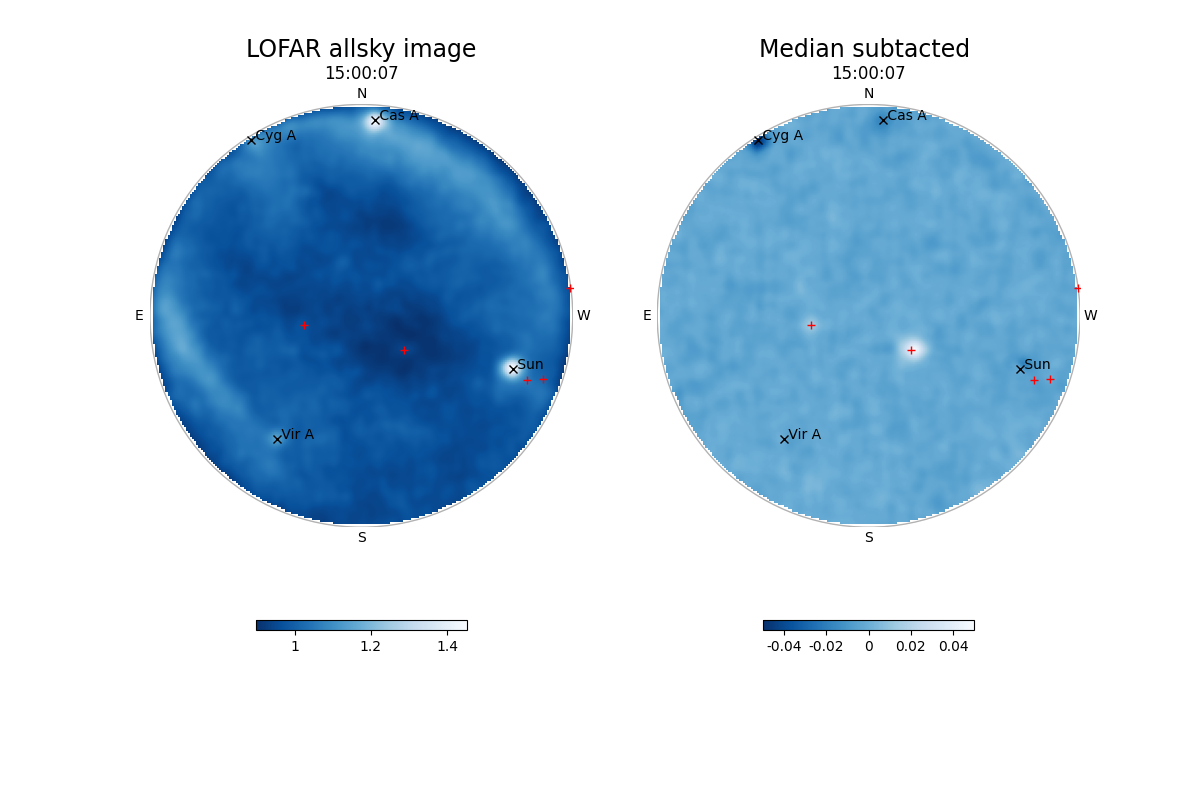- cross-posted to:
- brainworms@lemm.ee
- cross-posted to:
- brainworms@lemm.ee
Observations with the LOFAR (Low Frequency Array) radio telescope last year showed that first generation Starlink satellites emit unintended radio waves that can hinder astronomical observations. New observations with the LOFAR radio telescope, the biggest radio telescope on Earth observing at low frequencies, have shown that the second generation ’V2-mini’ Starlink satellites emit up to 32 times brighter unintended radio waves than satellites from the previous generation, potentially blinding radio telescopes and crippling vital research of the Universe.



Yes and no — from a different article:
(The original article said 5M radiation, which should be around 60MHz.)
So Starlink is emitting RF in spectrum where they shouldn’t, which is avoidable, but takes effort.
My guess, and I could be wrong, is that this could be related to something other than the radio(s), such as switching power supplies finding opportunistic structures from which to radiate.
Starlink seems like a genuinely interesting and useful technology, in some ways.
But it also seems like it might not be worth having.
I’m thinking they might need to be deorbited, but I’m not confident in that yet. It sounds like it might be fixable in a new generation of Internet constellation satellites.
Idk how long the issue should be tolerated to wait for that, though. And while Starlink has a good amount of customers this kind of Internet is genuinely useful for, it’s still not a lot compared to all the other internet services.
Maybe Starlink deorbiting should come along with an expansion of the traditional communications network. But maybe it would be extremely expensive to reach Starlink’s customers with towers or cables.
China is putting up their own equivalent system. Terrestrial radio telescopes are fucked.
Time for a moon base.